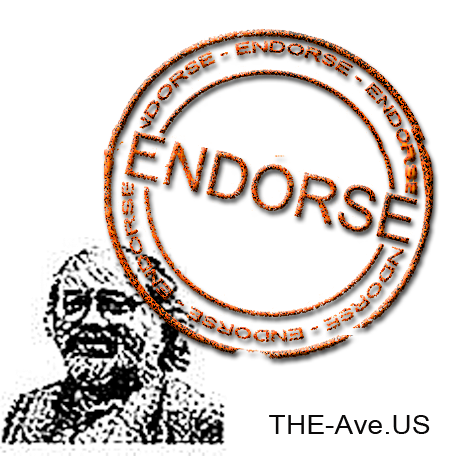
 The transit issue’s different parts all relate to questions of density.
The transit issue’s different parts all relate to questions of density.
CALCULATE YOUR COSTS HERE

The proponents argue that Seattle does not pay an unfair share because of a concept called ” subarea equity policies” The sub-regional tax expenditure is proportional to its sub-regional tax revenue collection. This means that voters in each sub-region (check your Sound Transit District map) will need to decide whether or not the costs per mile in their areas feel worth it to them. Proportionately speaking, though, project selection is a function of the local tax base. Because the tax base in Seattle is higher this means Seattleites bear a higher burden.
1. Trunks: If we want Everett and Tacoma to develop vertically and do to want them to create suburban sprawl, we need to fund high speed, frequent transport between the urban centers. We ought not fund bus networks to the north or south that stimulate LA style suburbs.
Another issue is who should pay for ST3, Buses in Everett and Tacoma subsidize developers who should and could pay via LIDs.
2. Seattle: Everyone wants more vertical housing in Seattle. Buses in Seattle encourage that but are limited by the lack of trunks within Seattle. Our water breaks the city up so we probably need tunnels across/under the canal and under the Duwamish. Seattle has very specific needs that should be bprn withing the city.
However Seattle is the hub and as such much of what moves through Seattle is mostly beneficial to the greater region. Meanwhile the higher real estate values in Seattle, mean that the bulk of these costs are born by folks who live in Seattle where land values are very high . Raising housing costs in Seattle only drives more folks to suburbs where they increase traffic problems and create urban sprawl.
3. Lake Washington: ... The East side looks much like LA. Its problems need to be addressed differently. If the answer is busses, then, like Everett and Tacoma, the costs should be born by the Eastside except for bridges and Tunnels across the Lake.
4. Unions, workers and developers: As with most public works projects, this is also likely to enrich construction union workers and their employers, the developers. This is why so much of the support for ST3 comes from these groups. In terms of density, this means a transfer of money outside of Seattle where, unfortunately, few construction workers can afford to live, to surrounding communities.